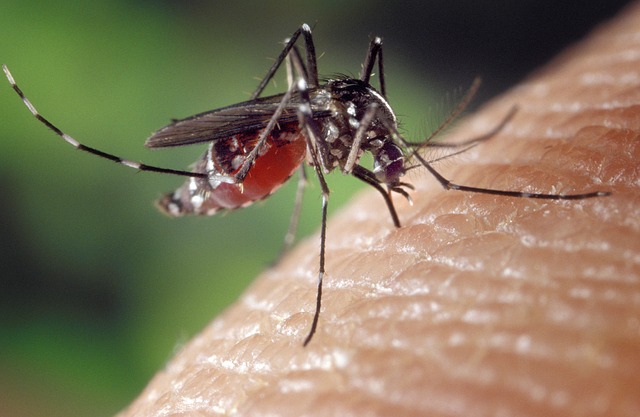Zika Virus
Zika virus, originally found in Africa, was discovered in Brazil in early 2015. Since then, it has
spread rapidly throughout South and Central America, Mexico, the Caribbean, Puerto Rico,
and limited local transmission in Florida by late 2016.
The virus amplifies in humans which is
then transmitted to other humans by mosquitoes. Only 1 in 5 people who are infected with the
virus will show symptoms and most will recover within a week. While the effect of the virus
in adults is usually mild, the greater concern is its potential effect on the development of
babies in infected pregnant women, particularly during the first trimester. There is also
evidence that the virus can be transmitted through sexual contact. To date, the only
cases in Illinois have been in individuals who have travelled to areas with active virus
transmission. Local transmission is unlikely.
There are two species of mosquitoes implicated in the spread of the Zika virus. Aedes aegypti is
the primary carrier of the virus, found in warm climates but rarely in Illinois. Aedes albopictus
is a secondary carrier, with a range that extends into Illinois. Aedes aegypti have not been found in the District, though Aedes albopictus are
somewhat regularly found within the City of Chicago and areas outside of the city, our District included. Aedes albopictus develops in discarded tires, buckets, and other artificial
containers. Zika Virus, in addition to other tropical diseases, are unlikely to become endemic to the area, though are capable of being introduced via travel if these mosquitoes become more established and widespread.
Aedes albopictus develops in discarded tires, buckets, and other artificial
containers. Zika Virus, in addition to other tropical diseases, are unlikely to become endemic to the area, though are capable of being introduced via travel if these mosquitoes become more established and widespread.
These are very aggressive biters of humans and are active at all times of the day. Elimination of artificial containers capable of holding water in and around your property can do a great deal to reduce the ability of them to breed and spread. They do not fly very far from their source water, so finding these let you know that they are breeding nearby.
More information can be found on the Centers for Disease Control (CDC) web site
here
and on the Illinois Department of Public Health (IDPH):
here.
